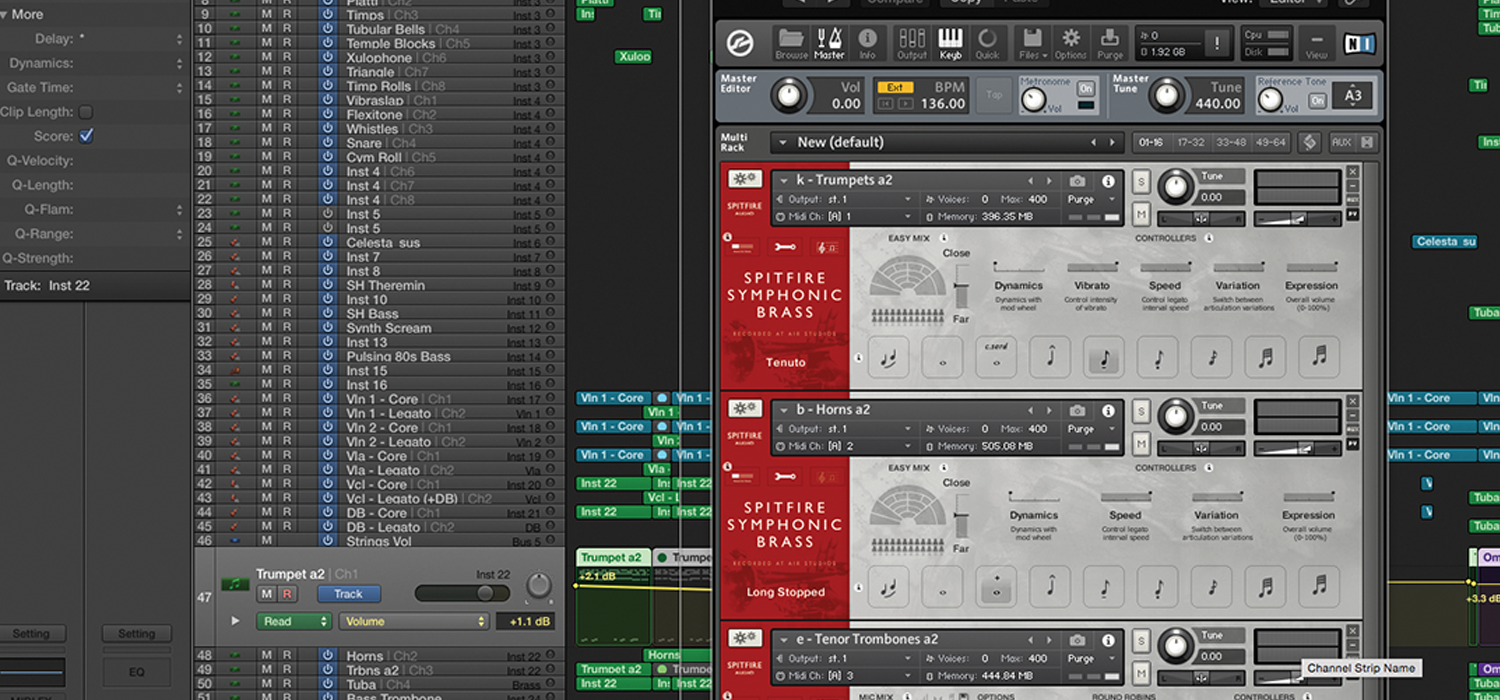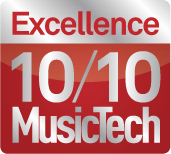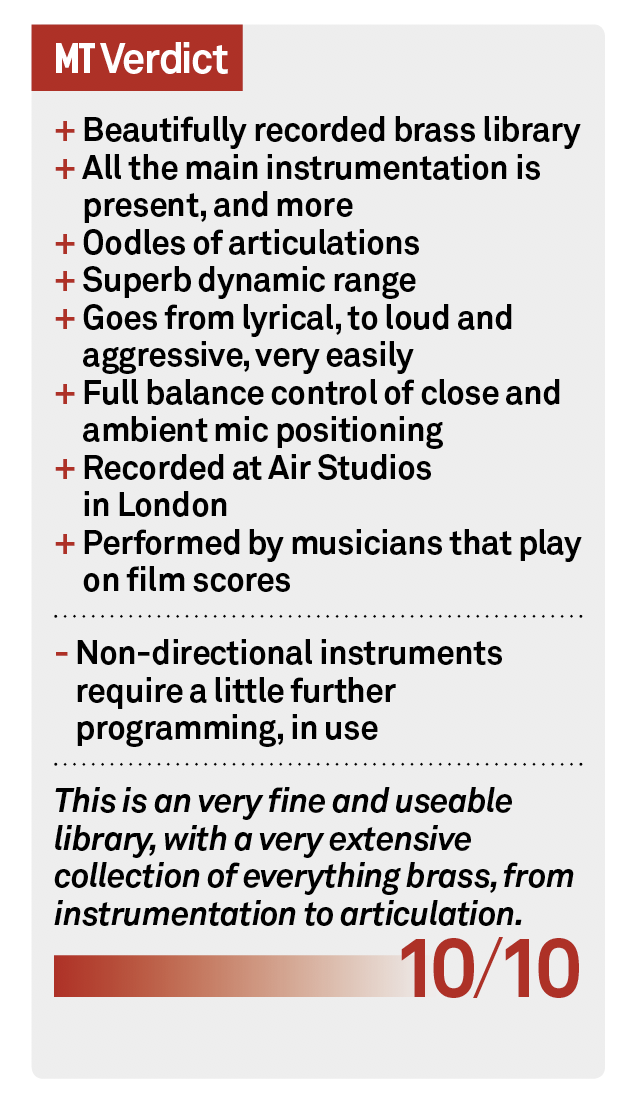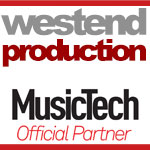Spitfire Audio Symphonic Brass Review
Spitfire Audio’s latest offering is a full and very substantial library of brass, in a symphonic style. Dave Gale boots up a section to see how well it fits the mix… Details Manufacturer Spitfire Audio Price £499 +VAT Contact Spitfire Audio, www.spitfireaudio.com Before we get stuck in here, I have to confess to a couple of things… […]

Spitfire Audio’s latest offering is a full and very substantial library of brass, in a symphonic style. Dave Gale boots up a section to see how well it fits the mix…


Details
Manufacturer Spitfire Audio
Price £499 +VAT
Contact Spitfire Audio, www.spitfireaudio.com
![]()
Before we get stuck in here, I have to confess to a couple of things… Number one, I am (in another life) a trombone player, and as such, I have always had a rather love/hate relationship with brass sample libraries, as they often fall very short of the mark, often being highly restrictive, and not sounding like the instruments they are designed to portray.
Number two – this is a library of symphonic brass instruments, which ultimately means that it is designed to sound like the brass section from a symphony orchestra, which could clearly have enormous appeal to media composers, which is my second confession.
The arrival of this library is very timely, as I am involved in writing some pretty epic music for an upcoming computer-game score, so it’s going to get a major outing, in context.
With that out of the way, it’s time to see what’s on offer; but before we can do that, there is the small matter of installation. This is not a small library, and is normally delivered via download which, even on a reasonably fast connection, will take a few hours.
Downloading takes place through Spitfire’s very own download manager, and allows for pausing in installation, or you can do what I did, and download it overnight. It’s a 60GB download, but will unravel to a whopping 102GB, so you will need a place to park the library, and indeed a fast drive to install it to.
A 7200RPM ATA drive should do the trick, but my library was installed to a Thunderbolt RAID-based SSD, on a Mac; however, USB 3 will work very well, too, especially if you can be tempted to go the SSD route, which is heading South in price every day.
You will also need the latest version of the Native Instruments Kontakt Player which is freely available, or Symphonic Brass will also run in the more advanced, full-blown version of Kontakt.
The Sectional Approach
Symphonic Brass replaces the older Spitfire BML Brass library – the obvious upgrade here being the way that Spitfire has moved to a slightly more elegant interface, which is easier to read and work with.
In overview mode, large icons occupy the bottom of the Kontakt instrument display, offering a multitude of articulations. The obvious choices are all there; long notes and short notes in numerous guises, along with the option for both legato and detached articulations.

Each patch is set up with similarity across the board, but with slight variance, according to instrument, which means you will find Rips and Falls, along with Trills and Flutter Tongues, but not right across the board.
There is the occasional hole in articulation or style of note, but often due to similar duplication elsewhere, so for example, tenor trombone in solo form can be found to flutter tongue, but not in dual (a2) mode. This is probably because one flutter-tongued trombone sounds much like two, so we’ll not lose too much sleep over that one (for the uninitiated, flutter tonguing is a technique whereby a player essentially rolls an ‘R’ while playing, to get quite an aggressive flutter-like tone).
There is full control of timbral dynamics, as well as expressionistic volume, but it’s also possible to control elements such as speed of the legato movement, and more to the point, it really works. The first patch I loaded was of two trumpets (a2) playing sustained, legato, and with vast dynamic control. Even in this basic and exposed test, the sound was incredibly believable, literally sounding like something from a John Williams or Charles Ives score – a very good start.
Instrumentally, all orchestral-brass instruments are available, which include trumpets, French horns, tenor and bass trombones, and tuba. There are also some more obscure instruments, such as cimbasso and contrabass tuba, these being the current darlings of the action film score, thanks to the likes of Hans Zimmer, but less often in use in symphony orchestras.
Incidentally, a cimbasso is a larger, and lower, trombone – their inclusion demonstrates how much this library is likely to appeal to media and film composers, and the way Spitfire has managed to capture the ripping raspiness, when these instruments are in full tilt is impressive and very alluring, not to mention inspiring.
In Context
Having romped through a fair few patches to get a vague feel for what was available, it was time to start liberally sprinkling some of these patches throughout my score-in-progress. I was immediately drawn to a traditional orchestral section, consisting of trumpets, horns, trombones and tuba. Working in a cue which was more ‘volumistic’ and action-packed than some, I found myself immediately choosing the a2 (two player) versions of the patches.
There are some lovely humanistic touches here, as there is variance in tone in every trigger of a sample, which I know is something that Spitfire likes to leave in, for good reason. It’s these touches that make the whole library sound more believable, a case in point being some of the loud and low samples.
For a brass player, this is an incredibly hard thing to do, as the physical endurance and technique of playing so loudly, with complete assurance, is incredibly difficult. So those little variances in tone that appear, particularly in the outer areas of each instrument’s range, make the sounds all the more believable.
Moving between samples and driving the performance parameters will require the inevitable setting up. I always find the process known as ‘keyswitching’ to be a bit of a wind up
on a single keyboard.
This is where articulations and note types can be changed on the fly, which is something you have to do to get a believable result. Yet it is more often than not the very lowest octave of a full-size keyboard that gets assigned for this purpose, meaning that, in the case of trumpets, you’ll be playing actual notes that are at the upper end of the keyboard.
So I always have a small USB-type MIDI keyboard sat on my desk, set to the register of MIDI note C1; meaning I can keyswitch with ease. Of course, with the right sort of controller keyboard, it would also be possible to set up zones for the same purpose, but personally, I like keeping the two elements separate.
At the very least, dynamic control will be available from the mod wheel, but again, having some MIDI CC fader control available while playing is a huge boon, and will make a difference – even if just applying dynamics and vibrato at the same time, and putting in the time for these results is really worth it, because it can sound very real and humanistic as a consequence.
The legato patches all work supremely well, but unsurprisingly, the increase in volume can help with better timing. I did find that the horns would often feel like they were lagging behind the rest of the section, but in the realism stakes, this is nothing untoward, as French horns, with bells facing to the rear, often have to play right on the front of the time, so they do not appear to play late.
This is just an instrument quirk, but in context felt curiously overbearing at times, requiring some fixing from within the DAW to get the timings to sit. Once taken care of, they sounded great.
The shorter patches are stunning, especially from the lizard-tongued trumpets and trombones. The execution of bite, especially at higher volumes, has been superbly captured, and to add to the palette, there are multi-tongued articulations, too, which sound authentic because it’s players just double-tonguing as they would on a session.
There are lots of other FX-type features, too, such as falls, rips and the ever popular ‘cuivre’ patches, which detail players literally blowing seven shades out of their instruments with a delightful-sounding but maybe slightly ghastly raspiness.
In Overview mode, the interface is simple, elegant and useful. But if desired, it’s possible to switch over to Settings mode, where greater detail can be found along with a rather handy addition to the utility side, in the shape of the Ostinato function.
This allows the user to program up a series of rhythmic notes for playback, meaning that the re-articulations will occur as the timing of the bar progresses. I could immediately see how this would be useful to many – especially if you consider yourself to be less of a keyboard player.
Do I Really Need This?
If you are scoring orchestrally or working on media-type scores, this should definitely by on your list if you feel you need brass in your palette. Who actually needs brass? Well, if you’re rewriting any kind of action-type music, you will want brass in the mix, along with a strong and liberal amount of percussion, as it is this instrumentation that will add the impact and excitement, at least for the most part. Despite this, there’s a large lyrical quality to the legato patches in this library, which can sound sweet and beautiful, as well as triumphant and fanfare-like.
Alternatives to Symphonic Brass
There are several other companies out there offering orchestral brass, and largely the decision is about the sort of symphonic sound you want. EastWest’s Hollywood Brass is a bright, and largely media-orientated brass library, which offers a great palette. Regrettably, though, East West does not now offer a download service for its larger libraries, meaning you’re forced to buy a hard drive containing the installers for an additional £100 or so.
East West is also reliant on its own Play software engine and plug-in which, for many, is clumsy in design, and falls short of the far more popular Native Instruments Kontakt/Kontakt Player. The biggest rival to Spitfire in this arena is likely to be the forthcoming Orchestral Tools Berlin Brass, which being European will doubtless sound classy in a similar way to the Spitfire library (due for imminent release, at time of writing)!
The Keypress and CC Setup
As anyone who works professionally in this area of work will tell you, setup and workflow is key to getting the best from a library of this kind, and that means that at the very least, having a controller or other type of keyboard which offers a modulation wheel is essential.
This mod wheel will drive the ‘dynamic’ part of the sound, and allow you to create realistic crescendos and diminuendos. However, the ability to control other tonal colours, such as vibrato amount, will also be beneficial.
If you cannot access another MIDI CC fader, these parameters can be drawn in, but it takes longer this way and somehow seems less realistic. The addition of a small (or even mini) controller keyboard will make keyswitching (the ability to switch sounds, mid-phrase) much easier – although this can be programmed through the DAW in the absence of said keyboard.

Conclusion
If I were being hyper-picky, I would say that the strongest suit in this library definitely comes from the directional instruments, with the French horn and tuba suffering from the odd bit of lag in the sample. However, this is workable with the addition of some programming within the DAW, or by instead delving into the Advanced mode, where the close-mic level can be increased, to give a ‘closer to source’ sound.
Knowing what I know about Spitfire, I have to say that I had high hopes of this library, and I was not disappointed. Curiously, I found that I was not writing to the strength of the library, but more just getting on with the score I needed to deliver, which is always the way it should be, and regrettably has not always been the case elsewhere. The very fact that this library was recorded at Air Studios, in London, with many players from the London session scene sets the tone for something very magical, and inspires great confidence.
The ease with which I could seamlessly switch from elegant legatos to stamping and aggressive shorts is something that I found myself using immediately, and with the minimum of fuss. Coupled with the fact that you can dive straight in and use, in Overview mode, or flick over to a more advanced setting, where you can mix and match the three mic’ing options and more, makes for something useable on all levels, which will suit beginners to professionals. Overall, another fine collection from a library company that understands what is required, because it uses the products itself.

Symphonic Brass – Key Features
● Full and substantial sample library
● Multiple articulations
● Solo and multiple player patches
● Close, tree and ambient mic positions
● Outstanding playing from some of London’s finest
● Recorded in The Hall at Air Studios, London


